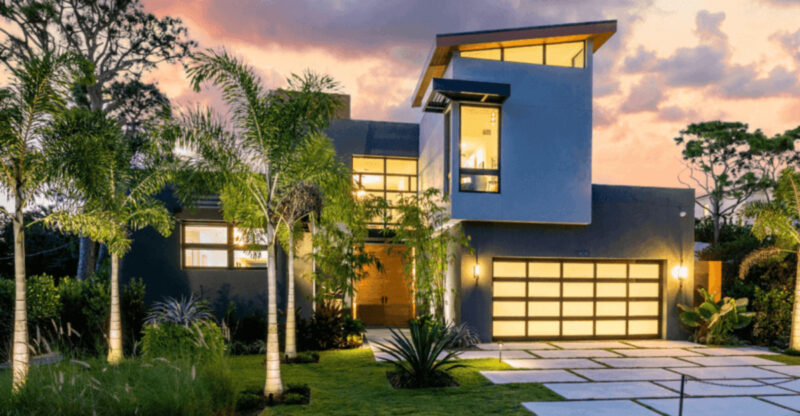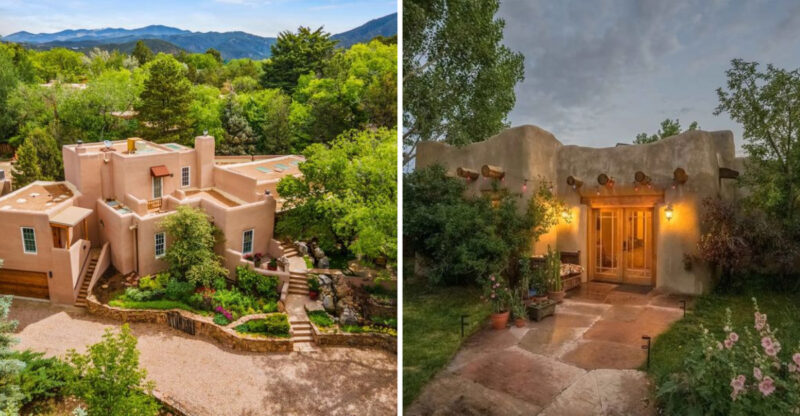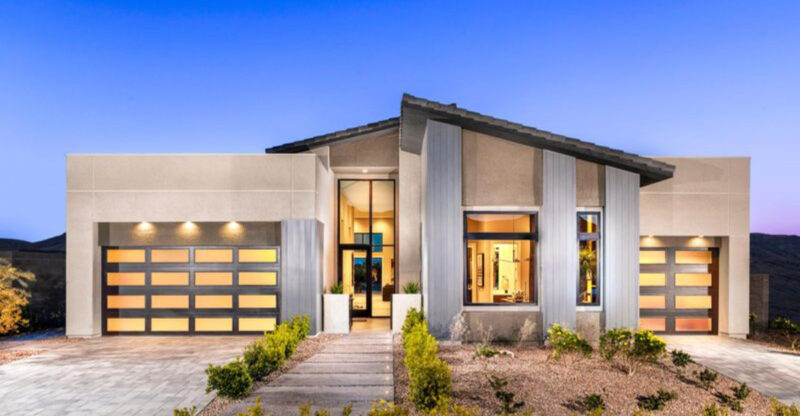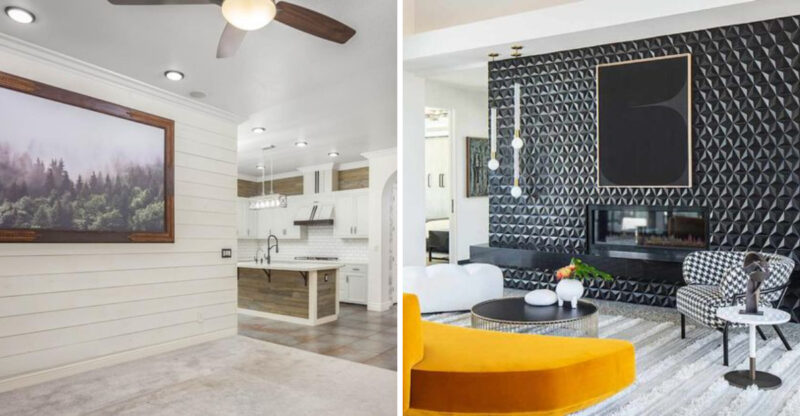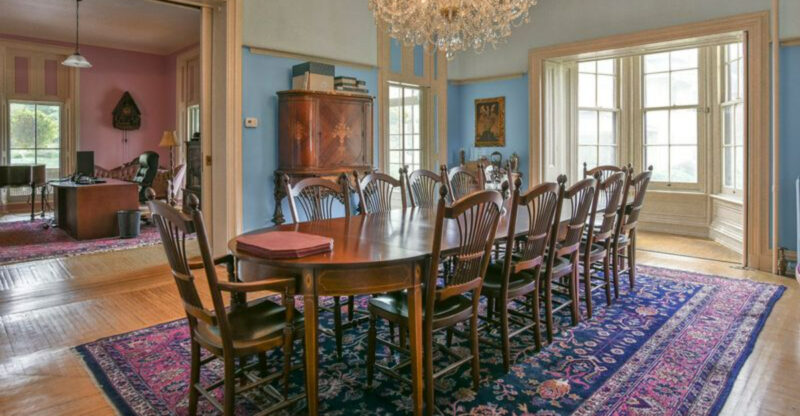6 Types Of Homes In Georgia Likely To Lose Value By The End Of 2025 And 7 Expected To Do Better

Georgia’s housing market is changing fast, and not all homes will keep their value through 2025. Some property types face challenges that could hurt their worth, while others are positioned to grow stronger.
Understanding which homes might struggle and which could thrive helps you make smarter decisions whether you’re buying, selling, or just curious about real estate trends in the Peach State.
1. Outdated Ranch-Style Homes in Suburban Areas

Many older ranch homes haven’t been updated in decades, and buyers today want modern features. I’ve noticed these properties often need expensive renovations that cost more than their selling price can support.
Younger buyers prefer open floor plans and energy-efficient designs that most ranch homes lack. Without significant investment, these houses struggle to compete in today’s market where fresh, updated properties dominate buyer interest.
2. Homes Near Overcrowded School Districts
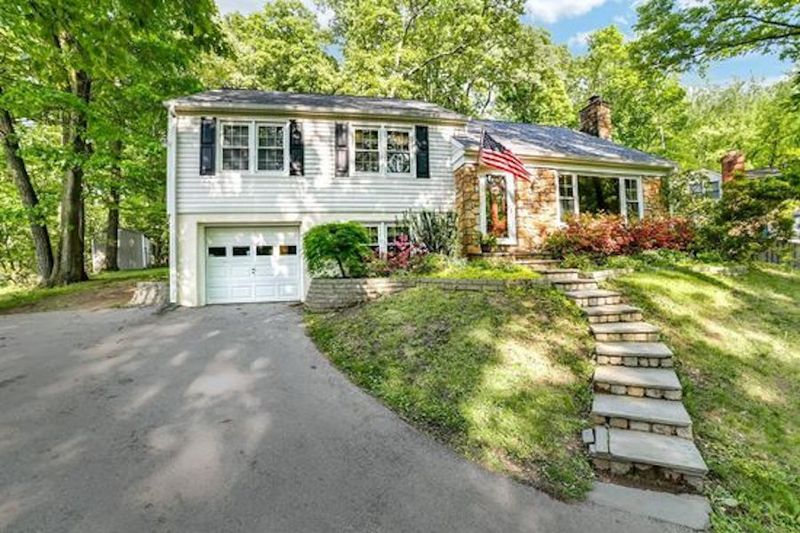
School quality drives home values more than almost anything else. When districts become overcrowded, class sizes balloon and education quality suffers, making families look elsewhere.
I’ve watched neighborhoods lose appeal fast when schools can’t keep up with population growth. Parents will pay premium prices for good schools but avoid areas where their kids might get lost in oversized classrooms, directly impacting property values.
3. Properties in Flood-Prone Zones Without Mitigation
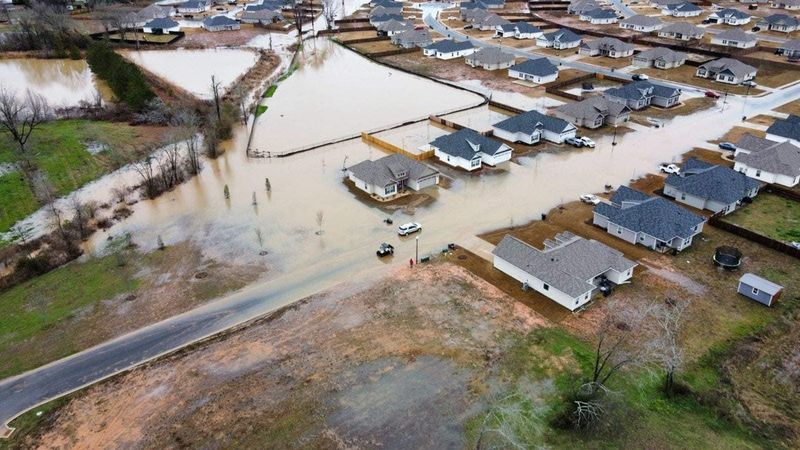
Climate concerns are pushing buyers away from flood-risk areas, especially when homes lack proper drainage or elevation. Insurance costs for these properties have skyrocketed, making them less affordable to own.
Buyers today research flood maps before making offers, and properties in high-risk zones sit longer on the market. Without expensive mitigation work, these homes face declining interest and shrinking buyer pools through 2025.
4. McMansions Built During the 2000s Boom
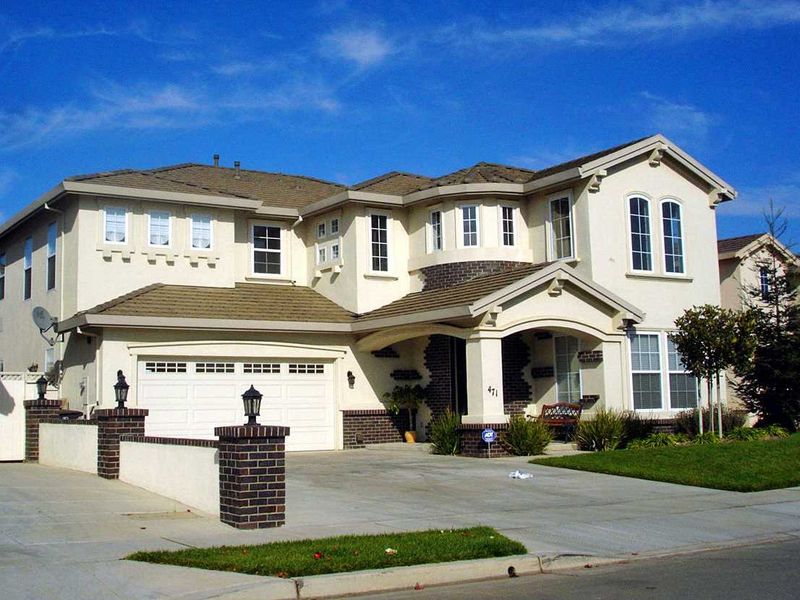
Those giant homes built during the housing boom often feel cheaply constructed despite their size. Maintenance costs are brutal, and today’s buyers want quality over quantity when it comes to square footage.
Energy bills for these massive houses can run thousands monthly, scaring away cost-conscious families. The awkward layouts and builder-grade finishes common in McMansions don’t appeal to modern tastes, reducing their market appeal significantly.
5. Condos in Overbuilt Urban Developments
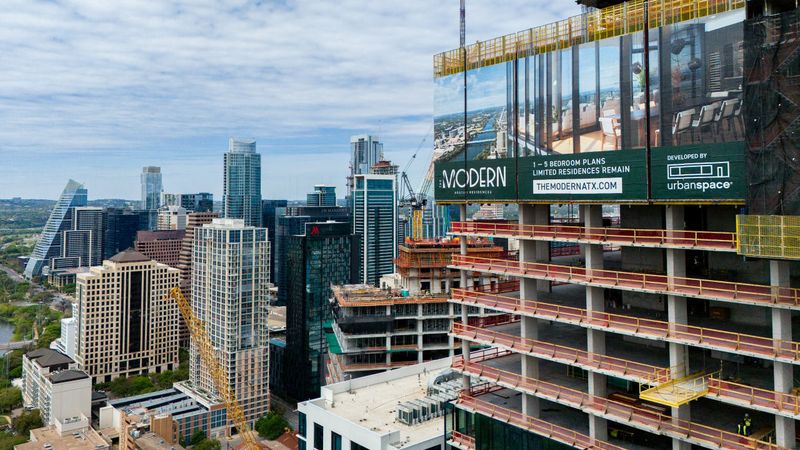
When developers build too many condos in one area, supply overwhelms demand and prices drop. High HOA fees add another layer of expense that makes these units hard to sell.
I see buyers hesitating when they realize monthly fees can rival mortgage payments. Overbuilt markets mean your condo competes with dozens of similar units, driving down values as desperate sellers undercut each other to attract the limited buyer pool available.
6. Homes with Dated Popcorn Ceilings and Carpeting

Popcorn ceilings and wall-to-wall carpet scream 1980s, instantly dating a home in buyers’ minds. First impressions matter tremendously, and these features create immediate negative reactions during showings.
Removing popcorn ceilings costs thousands, and replacing carpet throughout a home adds up quickly. Buyers would rather pay more for a move-in ready house than deal with these cosmetic nightmares, leaving dated homes languishing on the market.
7. Energy-Efficient New Construction Homes

Smart buyers are calculating long-term costs, and energy-efficient homes save thousands yearly on utilities. New construction with proper insulation, efficient HVAC systems, and solar-ready features attracts premium prices.
Georgia summers are brutal, making cooling costs a major concern for homeowners. Homes built with energy efficiency in mind offer comfort and savings that older properties simply can’t match, driving up demand and values steadily through 2025.
8. Properties Near Major Job Centers and Tech Hubs
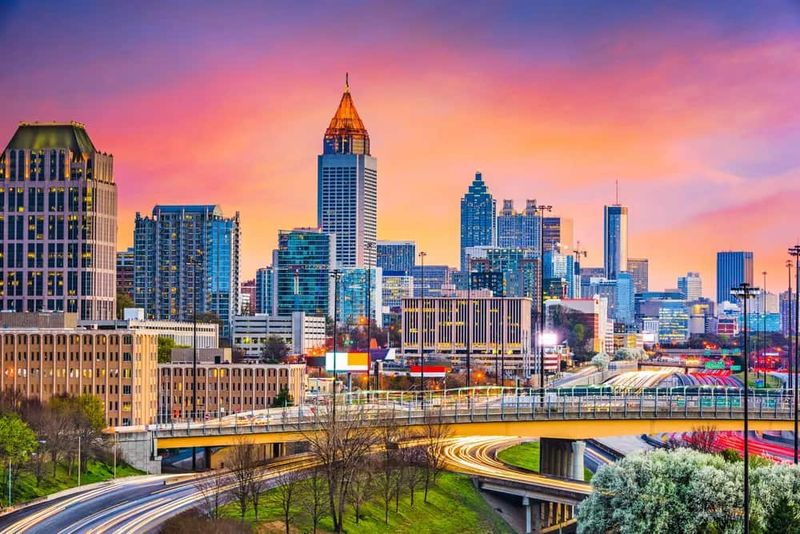
Georgia’s growing tech industry is creating high-paying jobs, and workers want short commutes. Homes within 15 minutes of major employers command higher prices and sell faster than distant properties.
I’ve watched neighborhoods near expanding job centers appreciate rapidly as demand surges. Companies continue relocating to Georgia, bringing thousands of well-paid employees who need housing, making these areas some of the safest real estate investments available.
9. Renovated Historic Homes in Revitalizing Neighborhoods
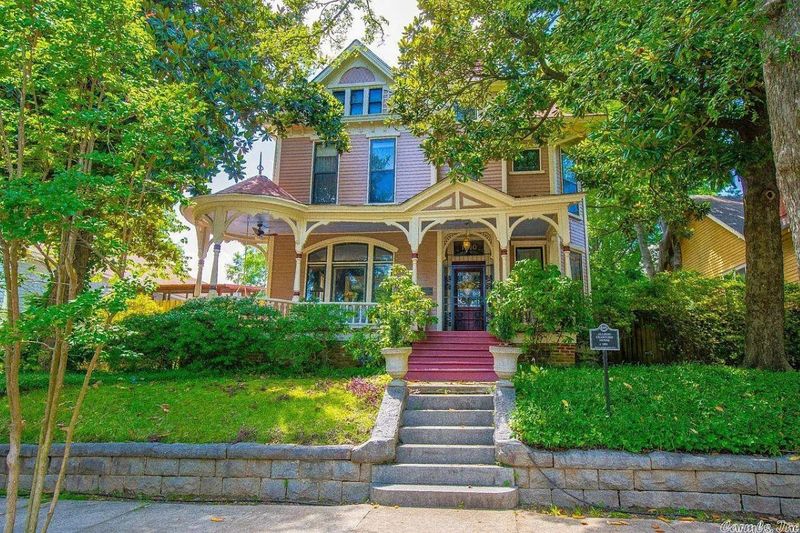
Character-rich historic homes that blend original charm with modern updates are incredibly desirable right now. Buyers love unique architectural details you can’t find in cookie-cutter new builds.
Revitalizing neighborhoods offer appreciation potential as surrounding properties improve and businesses move in. These homes provide both lifestyle appeal and investment upside, attracting buyers willing to pay premium prices for authenticity combined with contemporary comfort and convenience.
10. Homes with Smart Technology Integration
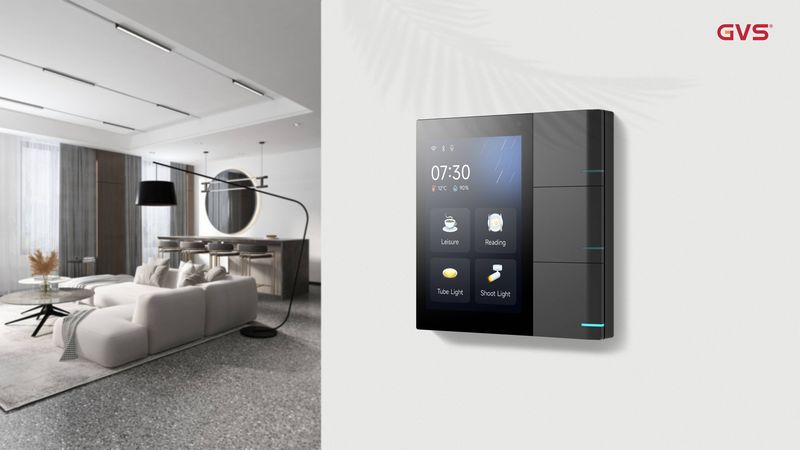
Tech-savvy buyers expect homes to work as intelligently as their phones do. Properties with integrated smart systems for security, climate, and lighting sell faster and for more money than basic houses.
Adding smart features isn’t just trendy; it improves efficiency and security in measurable ways. Buyers recognize the value of controlling their home remotely and appreciate the convenience, making these properties increasingly competitive in Georgia’s evolving market.
11. Properties in Walkable Mixed-Use Communities
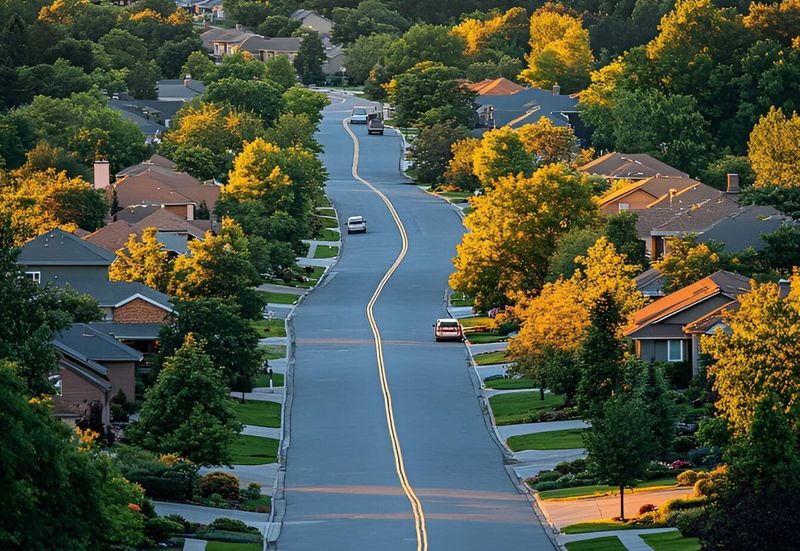
Car-dependent suburbs are losing appeal as people crave walkable neighborhoods with shops and restaurants nearby. Mixed-use developments that combine residential and commercial spaces are seeing strong value growth.
Being able to walk to coffee shops, grocery stores, and parks enhances quality of life significantly. These communities attract diverse buyers from young professionals to retirees, creating consistent demand that supports rising property values through 2025.
12. Homes with Outdoor Living Spaces and Pools

Georgia’s warm climate makes outdoor spaces incredibly valuable, and buyers will pay extra for usable yards. Homes with pools, patios, and outdoor kitchens offer lifestyle benefits that justify higher prices.
Post-pandemic, people prioritize private outdoor areas for relaxation and entertainment more than ever before. Properties that extend living space outdoors create resort-like experiences at home, driving demand among buyers seeking comfort and entertainment options without leaving their property.
13. Smaller Homes Under 1,800 Square Feet in Desirable Areas
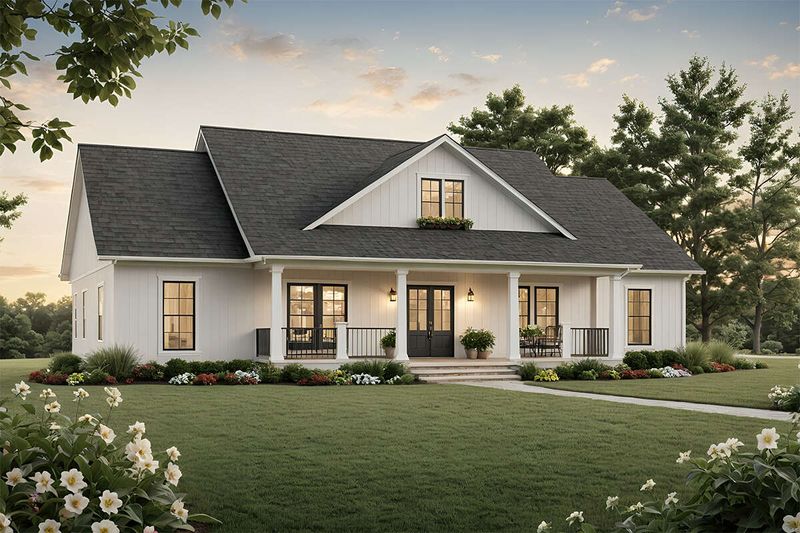
Affordability is king right now, and smaller homes in great locations offer the best value proposition. First-time buyers and downsizers are competing fiercely for these properties, driving prices up steadily.
Lower square footage means reduced maintenance, utilities, and property taxes while still providing comfortable living space. These homes in desirable school districts or near amenities appreciate faster than larger houses in less convenient locations, making them smart investments for 2025.

